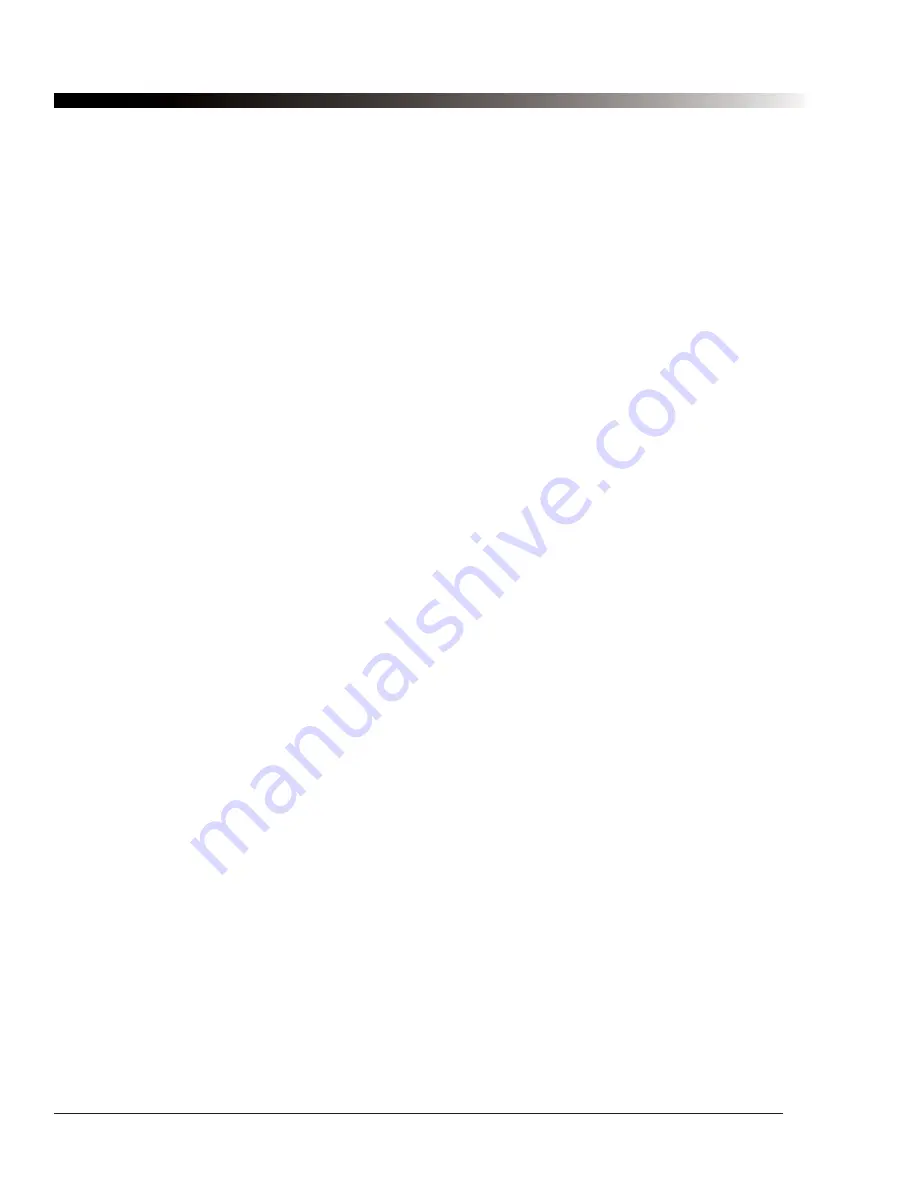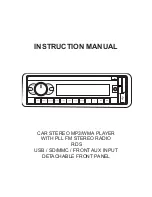
58
DynaVox Technologies
4.19.4. Labels Tab: Editing the Button's Message
If the button
Action
is
Speak Message
, then you can enter the spoken message for the button in the
Message
box. The message will not appear anywhere on the button - the
Label
box is used to specify text
that appears on the button. If the
Action
is anything other than
Speak Message
, you will not be able to edit
the
Message
box text. A message may contain up to 448 alphanumeric characters, including punctuation.
By setting a button's
Message
to be a hyphen followed by a simple word-ending, you can create a button
that will automatically append suffixes on words, with appropriate spelling changes. For example, if you set
the button
Message
to "-ing" then you can later use this button to quickly change "like" to "liking.” The
following suffixes are supported: "-ing," "-ed," "-s," "-ly," "-er" and "-est." The suffixes must be all in lower-
case letters. Note that morphological exceptions (for example, "go" + "-ed" = "went") are not generally
supported.
4.19.5. Labels Tab: Changing the Button's Picture
You can pick the symbol that will appear on the button by selecting the
Browse
button to the right of the
Picture
box. The
Symbol Selection
dialog will be presented and provide a means to select from the available
symbols on your machine. See section 4.20 for additional details. If the button label is blank when you select
a symbol, that symbol's name will be inserted in the
Label
box. If the label was not blank, but you would like
to use the symbol name rather than the current label text, just select the
Picture
box (the name of the
symbol) and the label will be replaced. You can erase the picture on a button by selecting the
Clear
button.
For some types of
Control
buttons, a pre-defined (but changeable) symbol will be automatically assigned to
the button.
4.19.6. Labels Tab: Setting up a Navigation or Visit Button
When a button
Action
is set to
Navigate
or
Visit
, use the
Navigate/Visit
drop-down menu to determine the
page that will open when the button is selected. All of the pages in the configuration are listed by name. In
addition, you will find three special entries -
<Back>
,
<Home>
, and
<New Page>
. The
<Back>
navigation
command will return you to the previous page. The
<Home>
command will return you the very first page in
the configuration (the home page). You can change the home page by selecting
View > Page Editing > Set
Home Page
.
The
<New Page>
navigation command will create a new page and link the current button to that page. When
you select the
<New Page>
entry, you will be asked to provide a name and button layout (the number of
rows and columns in the button grid) for the new page. See section 5.1.4 for more details on creating new
pages. If you do not actually want to create a new page, select
Cancel
.
4.19.7. Labels Tab: Changing the Button's Audio Clip
If the
Play Audio
action is selected, you can change the audio clip associated with a button by selecting the
Browse
button to the right of the
Audio
box. A dialog for selecting the sound file (in .
wav
format) will pop up.
Select one of the sound files and then select
OK
(or just double-select the file). If you want to preview the file
before selecting it, select the file and then select the
Preview
button. If you want to record a new sound file,
select the
Record
button and the
Sound Recorder
dialog will appear. See section 4.21 for instructions on
how to use this dialog to record .
wav
files. As with pictures, if the button label is blank when you select an
audio file, that filename will be inserted in the
Label
box. You can select the
Audio
box to set the label to be
the same as the file name.
Summary of Contents for iChat3
Page 2: ...ii DynaVox Technologies ...
Page 4: ...iv DynaVox Technologies ...
Page 22: ...10 DynaVox Technologies ...
Page 86: ...74 DynaVox Technologies ...
Page 122: ...110 DynaVox Technologies ...
















































